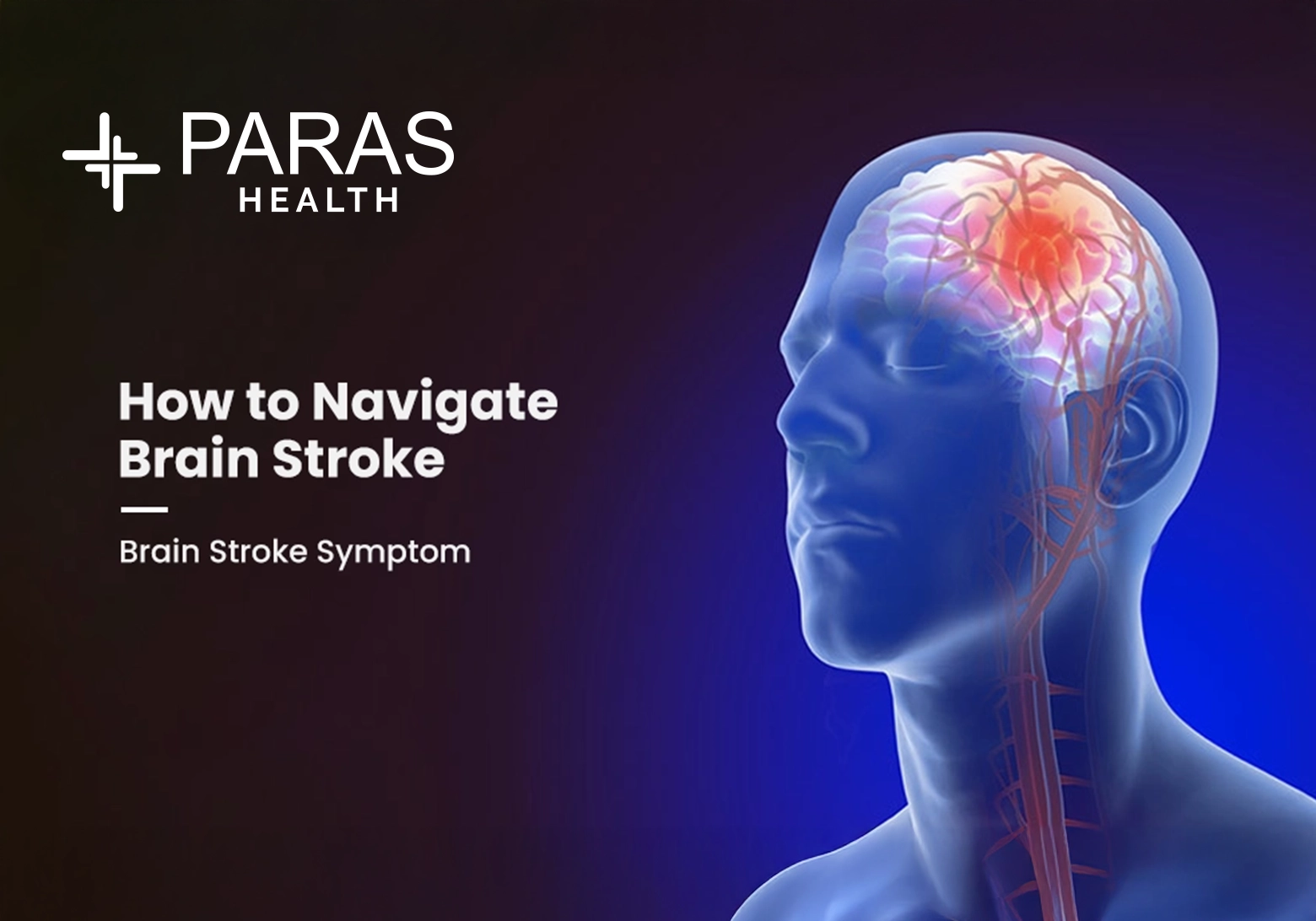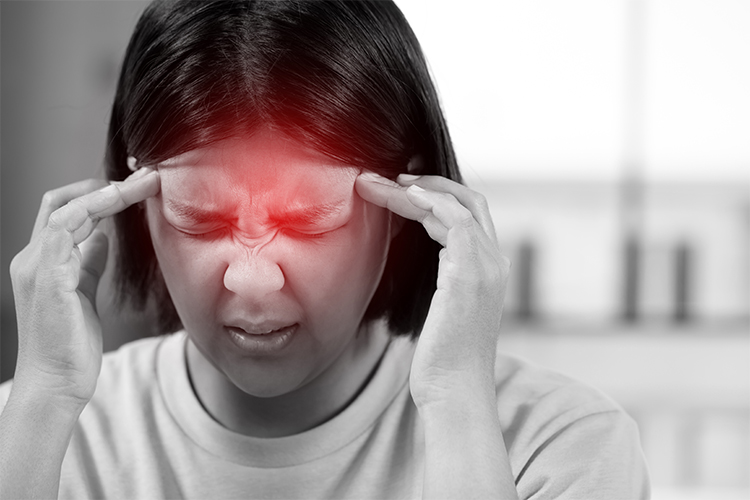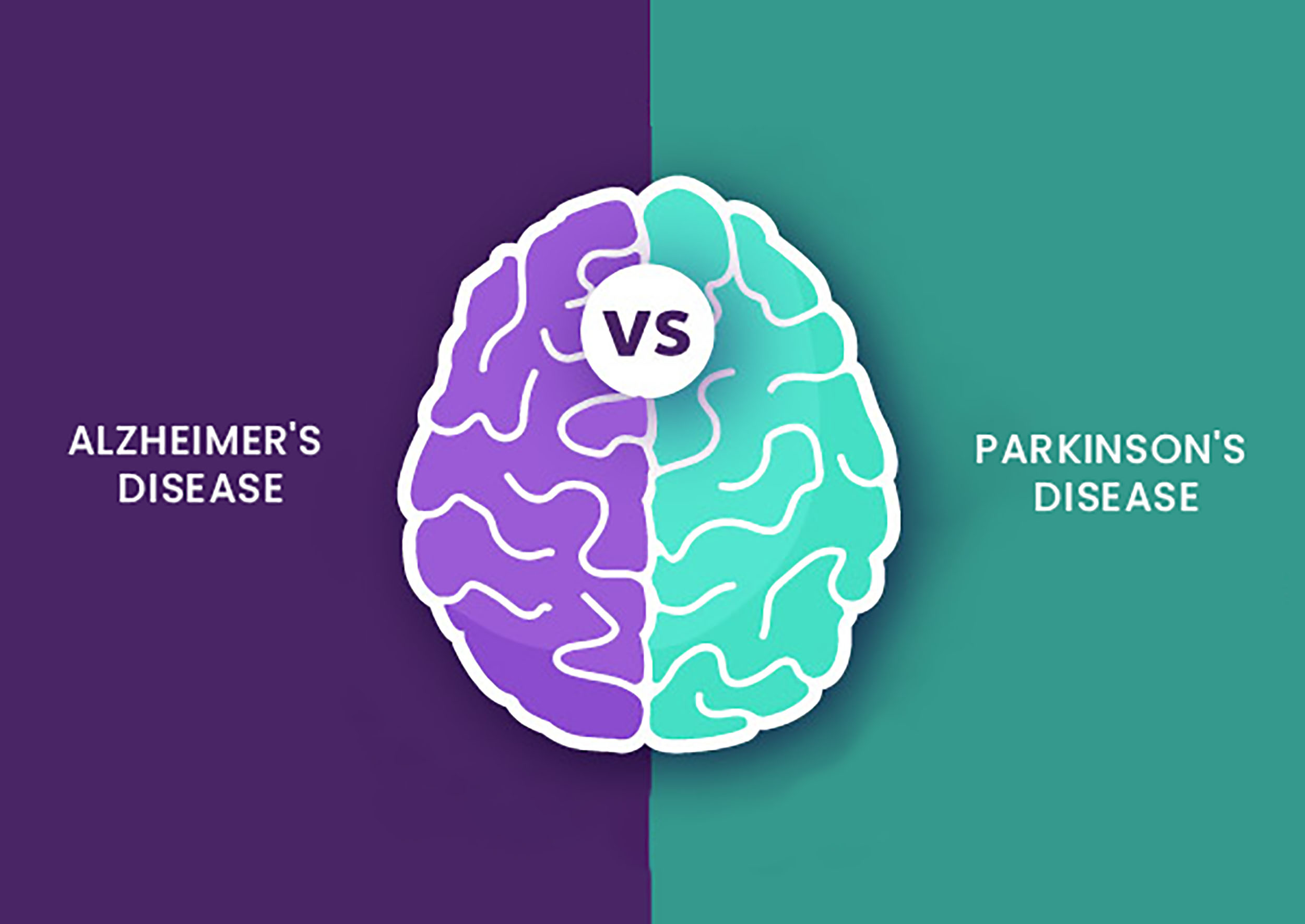Stroke in Women

Apr 19, 2022
Stroke is the third common cause of mortality and a leading cause of disability. The National Commission on Macroeconomics & Health in India projected about 1.6 million cases of stroke in 2015 with death occurring in one fourth of cases. Women have a higher incidence of stroke across the world. The gender wise data are not available in India. The women in India are less likely to receive medical care and are at a increased risk of having stroke.
What is Stroke? How does it Occur?
Stroke occurs if there is a problem in the blood supply to an area in the brain – Either due to blockage of blood vessel (ischemic stroke-80%) or rupture of blood vessel (haemorrhagic stroke 20 %).
Symptoms of stroke are usually sudden in onset characterized by weakness or numbness of one half of the body or visual problems or dizziness and imbalance while walking or speech related problems or even sudden severe headache and vomiting, confusional state, etc.

The major risk factors of stroke besides age, ethnicity & hereditary common to both genders are—
- High blood pressure and more so if associated with Diabetes or chronic kidney disease.
- Heart Disease—coronary artery disease, rheumatic heart disease, atrial fibrillation, congestive heart failure etc
- Diabetes mellitus
- Smoking whether active or passive-damages the walls of the blood vessels and increases the blood pressure
- Brain aneurysms and arterio venous malformations increase the risk of haemorrhagic stroke
- Hyperlipidemia or unhealthy cholesterol levels
- Autoimmune diseases, metabolic syndrome, substance abuse, stress and depression, unhealthy lifestyle etc add to the risk of stroke
- Besides the above risk factors, women specific stroke risks include pregnancy, oral contraceptives, hormone replacement therapy, migraine with aura, anaemia, autoimmune disorders , etc
- Oral contraceptives, hormone replacement therapy and even pregnancy (oestrogen and progesterone) increase the risk of blood clots formation leading to stroke
- Pregnancy associated increase in blood pressure may lead to preeclampsia and eclampsia which again increases the risk of stroke.
- Anaemia , dehydration and or infection increase the risk of stroke in the post partum period
- Gestational diabetes increases the risk of stroke
- Migraine with aura is more common in women doubles the risk of stroke. Risk is higher in women who smoke or take oral contraceptives.
- Clotting disorders -Women who have a bad obstetrical history are at increased risk of stroke
- Atrial fibrillation quadruples stroke risk and is more common in the elderly women
Act fast in case of a Stroke:
Risk factors are cumulative, the more the number of risk factors greater are the chances of having a stroke. Having a stroke is one of the most devastating and life changing events. Timely management of the risk factors can greatly lower the chances of having a stroke. In case of a stroke due to clogging, the clot can be busted if the patient reaches the emergency within 3 hours of the onset of stroke, which may result in partial or even complete recovery. In most of the cases women are the care givers and it is essential for them to look after their health.







